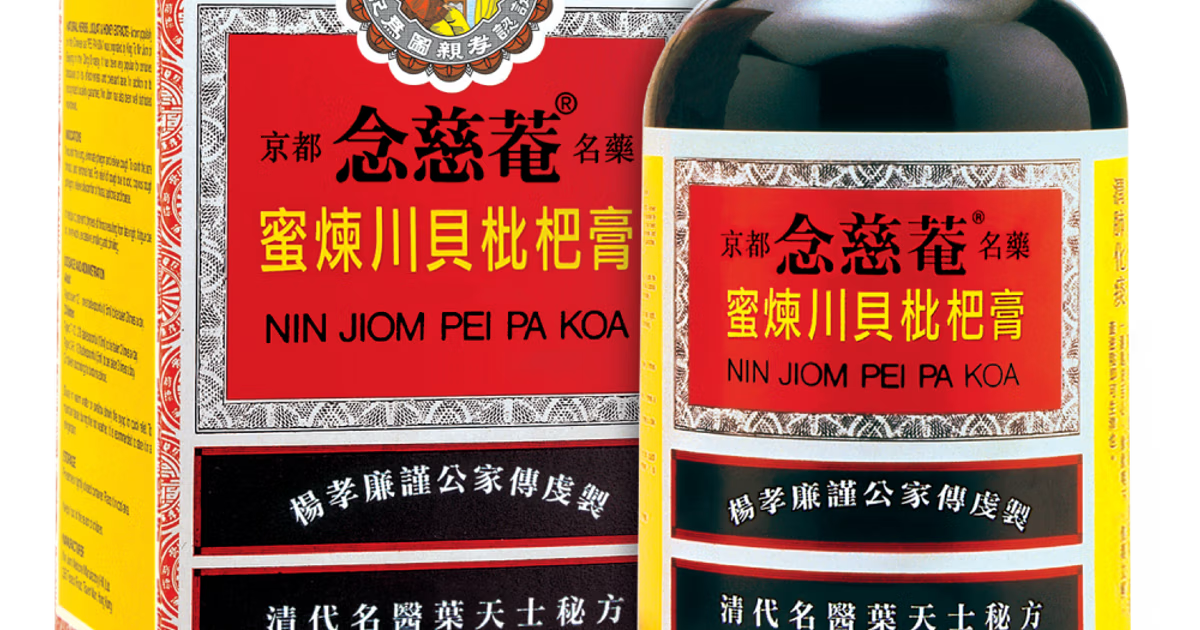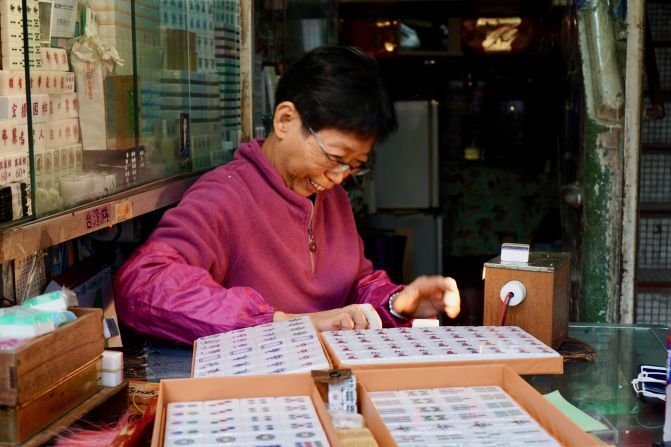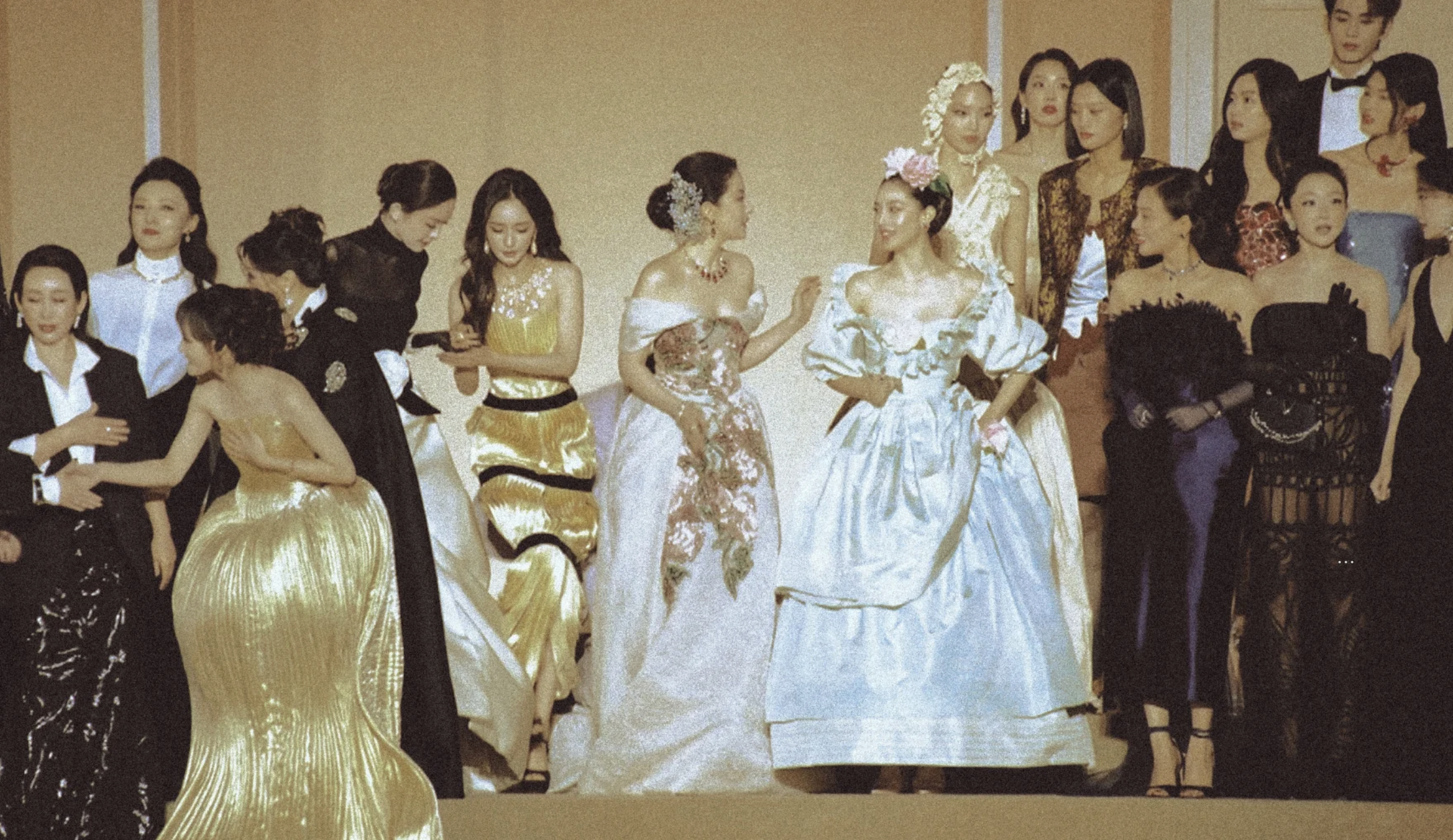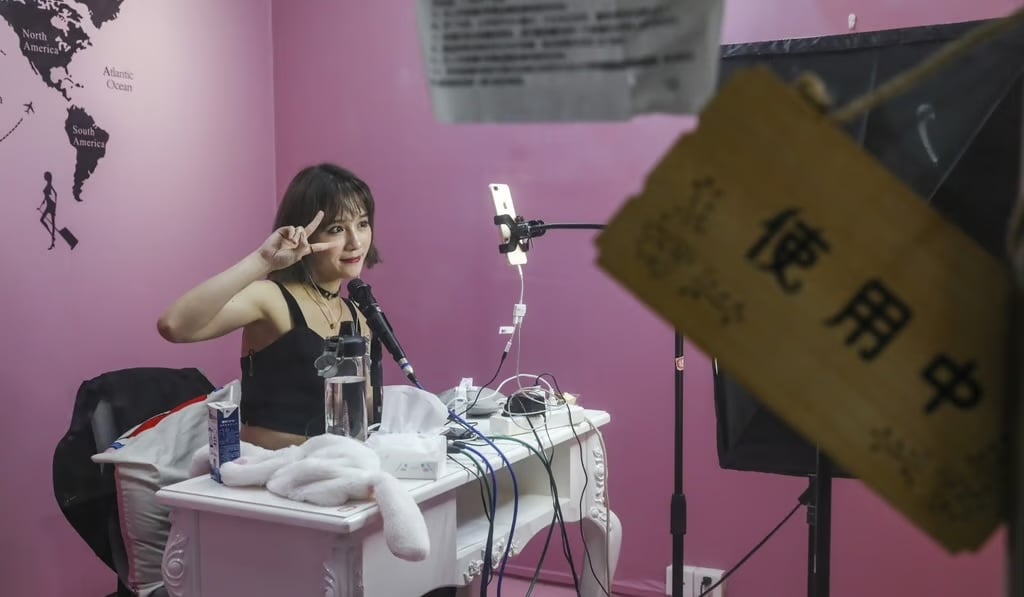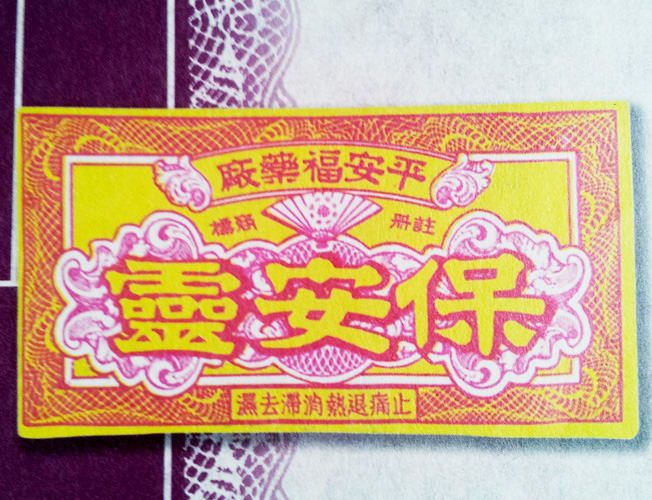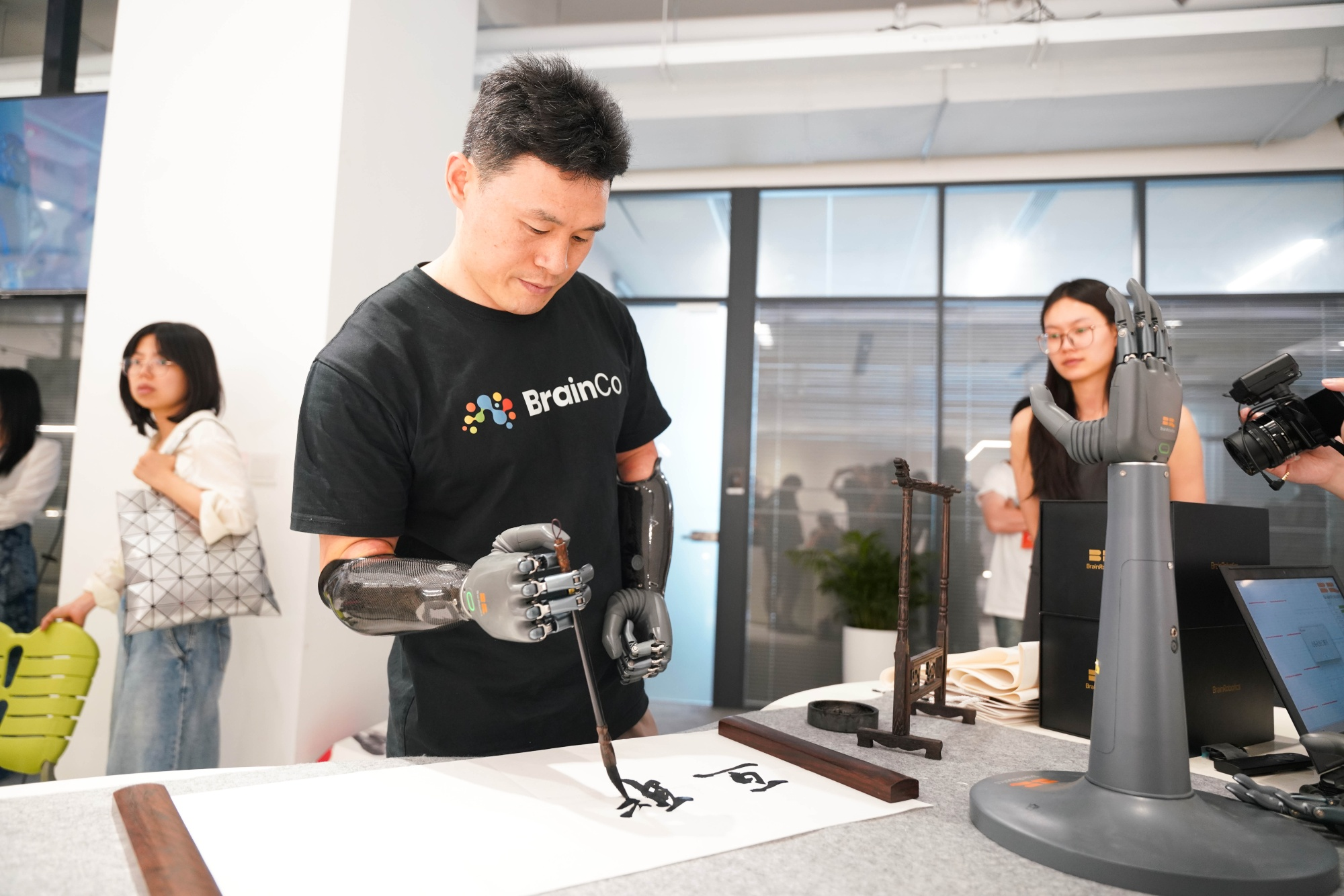In Hong Kong, it’s easy to walk past Ho Sau-Mei’s Mahjong shop without noticing it. Her store, Kam Fat Mahjong, named to signify wealth and prosperity, is a tiny alcove with a cramped attic, measuring just 1.8 meters in width and 3.6 meters in depth. In this modest space, Sau-Mei has spent over 40 years preserving the dying art of hand-carving Mahjong tiles, a popular activity for Chinese people around the world.
A complete Mahjong set consists of 144 tiles. Sau-Mei’s craft is to carve unique patterns into blank PVB blocks, a process that requires an array of specialized tools.
A 100-watt lightbox softens the glue and strengthens the paint on the tiles. Meanwhile, various carving tools are tailored to different tile types. Separate tools are needed for carving the Suozi, Baiban, and Yitong tiles, with an additional blade exclusively used for engraving characters.
Sau-Mei has even made some of her tools herself. One of her chisels, originally 8 inches long, has been worn down to just 3 inches after decades of use.
Sau-Mei began learning the craft at 13 after moving with her family to Hung Hom district and becoming an apprentice to a master. During the 1960s and 1970s, the golden era of hand-carved Mahjong, she could produce three to four sets of tiles a day but still struggled to keep up with demand. Now, the industry is nearly extinct, with only two or three hand-carving masters remaining in Hong Kong. Among them, Sau-Mei is the sole woman.
When asked why she inherited the family shop, Sau-Mei explained that her brothers bore the greater responsibility of being the family breadwinners. Her elder brother emigrated to New York, while her younger brother became a taxi driver. Crafting Mahjong tiles has never been a lucrative job. This is also why she is cautious about accepting apprentices. She often advises enthusiastic young people to carefully consider whether they are merely curious or genuinely committed to making this a lifelong career.
The decline of hand-carved Mahjong is largely due to the mass production of machine-made tiles, which cost only $40 USD per set — ten times cheaper than handmade ones. Additionally, the factories producing PVB blocks have relocated to the Chinese mainland to benefit from lower rents, resulting in longer wait times for raw materials.
Sau-Mei explained that most of her current customers are collectors from South Korea and the United States, who value the vintage aesthetic and cultural significance of handmade Mahjong sets. For everyday players, however, digital versions of Mahjong are becoming increasingly popular.
As Hong Kong continues its relentless pace of urban renewal, Sau-Mei’s shop has been rumored to be part of a renovation plan. She is unsure whether she’ll be able to afford the higher rent that may come. For now, all she can do is continue practicing her craft, striving to keep this intangible heritage alive for as long as possible.
Banner image via CNN.
